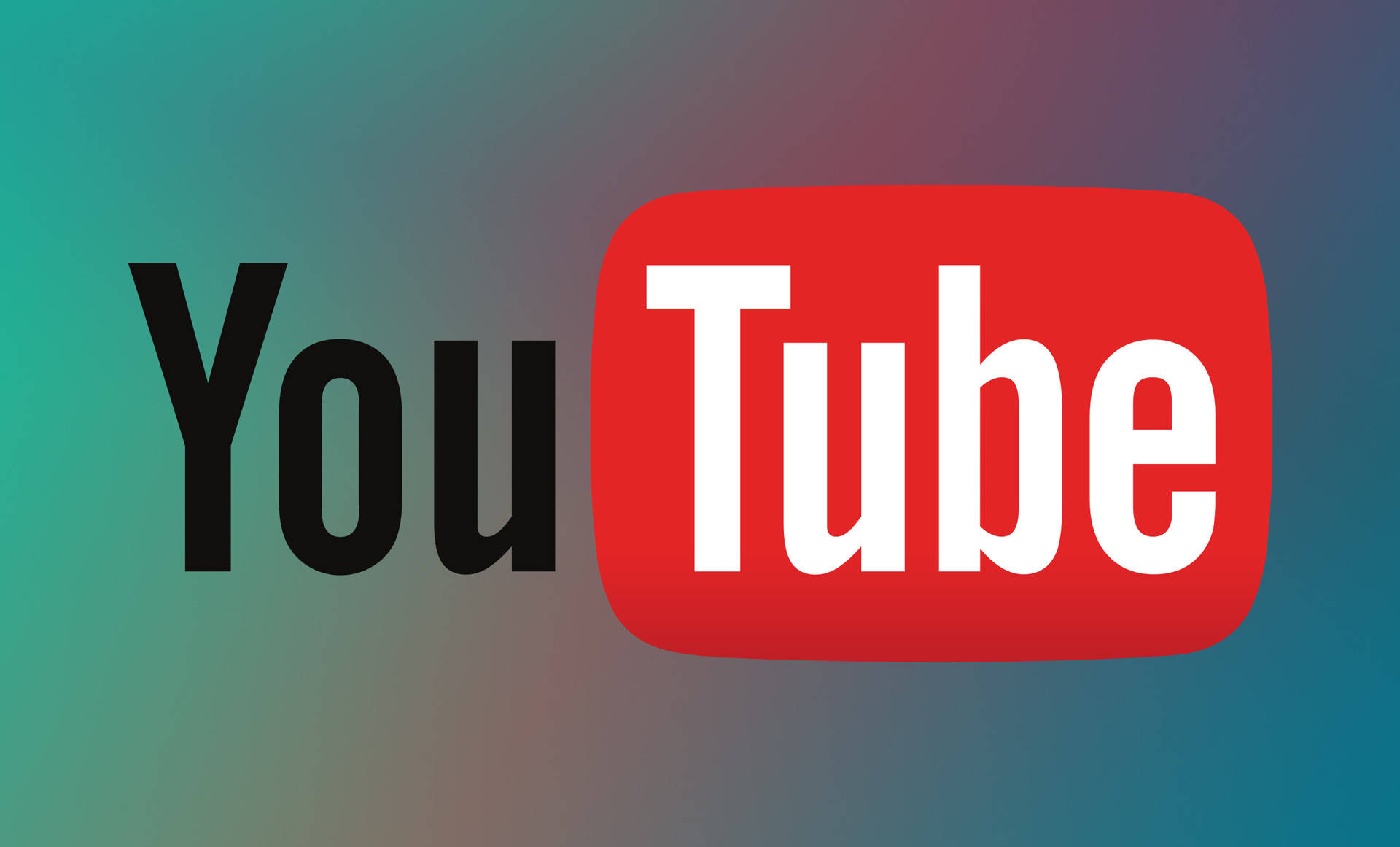
On October 9, 2006, Google announced that they had acquired YouTube for $1.65 billion in Google stock. The deal was finalized on November 13, 2006. Google's acquisition launched newfound interest in video-sharing sites; IAC, which now owned Vimeo, focused on supporting the content creators to distinguish itself from YouTube. It is at this time YouTube issued the slogan "Broadcast Yourself". The company experienced rapid growth. The Daily Telegraph wrote that in 2007, YouTube consumed as much bandwidth as the entire Internet in 2000. By 2010, the company had reached a market share of around 43% and more than 14 billion views of videos, according to comScore. That year, the company simplified its interface to increase the time users would spend on the site. In 2011, more than three billion videos were being watched each day with 48 hours of new videos uploaded every minute. However, most of these views came from a relatively small number of videos; according to a software engineer at that time, 30% of videos accounted for 99% of views on the site. That year, the company again changed its interface and at the same time, introduced a new logo with a darker shade of red. A subsequent interface change, designed to unify the experience across desktop, TV, and mobile, was rolled out in 2013. By that point, more than 100 hours were being uploaded every minute, increasing to 300 hours by November 2014.
During this time, the company also went through some organizational changes. In October 2006, YouTube moved to a new office in San Bruno, California. Hurley announced that he would be stepping down as chief executive officer of YouTube to take an advisory role and that Salar Kamangar would take over as head of the company in October 2010.
In December 2009, YouTube partnered with Vevo. In April 2010, Lady Gaga's "Bad Romance" became the most viewed video, becoming the first video to reach 200 million views on May 9, 2010.
YouTube faced a major lawsuit by Viacom International in 2011 that nearly resulted in the discontinuation of the website. The lawsuit was filed as a result of alleged copyright infringement of Viacom's material by YouTube. However, the United States Court of Appeals for the Second Circuit ruled that YouTube was not liable, and thus YouTube won the case in 2012.
